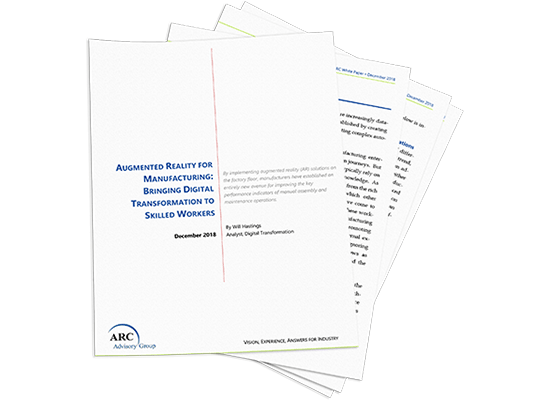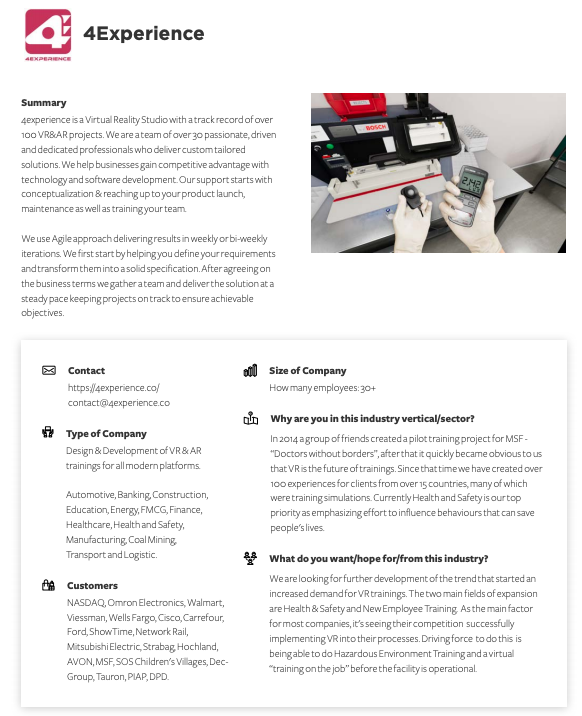Notes from VR/AR Association Toronto Chapter meeting March 28, 2019 at Fasken, a top tier law firm with a division focused on the needs of startups and emerging technology companies. Here are some of the ideas that were discussed during this sold-out event.
Start-Up Legal Considerations:
Forming a Corporation — Separate legal entity that will protect you from liabilities to protect founders from loss.
Issuing Founder Shares — Hold shares and guard your equity carefully. What seems like nothing on paper at the beginning (when the company has no value), could end up being millions of dollars when you could have paid thousands to have your proof-of-concept (POC) made. Think about who is really a founder and who isn’t. Create a vesting schedule with well-defined milestones. Offer stock options that allow employees and partners to buy in at a discounted rate. Make sure you have a shareholders agreement (similar to a marriage contract)
People issues — If you have a company, you will have people issues so better to have a clear system for hiring, managing, compensating and removing employees. Work with legal and accounting to decipher whether to use an employee or independent contractor framework to minimize tax implications. Create an employee stock option plan that has a vesting schedule (they earn their shares through time or deliverables). Are the founders' considered independent contractors? Advisory board? Employees? Clearly define the relationships through documentation and ensure deliverables are clear.
Intellectual property (patents) — IP is a tricky thing to plan for as it can create value and protection from competitors, but you have to show your secrets to the world and if you don’t have the resources to protect and defend your IP, what is the point? Are you going to be able to fight Google or Apple if they violate your patent? Patents offer 20-year protection in most places. Inventions must be new and novel. Canada and the US have a ‘first to file’ system. Keeping a ‘trade-secret’ or investing in speed to market may be a better investment in some cases. Co-owners of a patent can sell their share of the patent without the approval of other co-patent holders
Trademark — With trademarks, the design has to be new. Registration of a new trademark is fairly simple and inexpensive and protects you for 10 years. In software, things like unique graphical user interfaces with unique visual properties are protectable (ie. Google’s search screen)
Copyright — Copyrights protect original expression, but have some interesting loopholes that can trip companies up. Who owns the copyright? By definition, the creator of the content owns the rights except in cases where an employee was hired to generate said content and a clearly written transfer of intellectual property and copyright exists.
Contracts (Employees & Contractors)— Contracts with employees and contractors must clearly state who owns the finished products. By default, all IP is owned by contractors who make the product unless stated otherwise. You need a contract with your contractors that they waive all rights to sale.
Contracts (Customers) — Terms of service and End-user License Agreements (EULA) must be clearly written and even though most people won’t read them and they are hard to enforce, you can leverage these in times where liability is opened up (ie. a customer sues you over loss of service, etc.). You need to consider what happens if something goes wrong with your experience. If you have an AR app that takes someone into traffic, they get hit by a car and sue you, does your EULA protect you? Something to consider; you cannot enforce contracts on a minor, but you can put a caveat that they have to state they are over 18. An easier way to manage this is to use a credit card payment thus assuming parental consent.
Product liability — Have you considered the reasonable uses and the effects on the user? Is there a potential risk to the product and how can you mitigate this risk? How can you manage risk in terms of design, terms of use, disclaimer and waivers to cover the relationship.
Insurance — you should have adequate insurance to cover liability for users, directors and officers with proper indemnities to protect the company from attack.
Privacy Policy — The basic idea of privacy is to get consent from users to store, use and share their personal information. The privacy policy should clearly indicate what personal information you are collecting, how you are using it and who you are sharing it with and how. Public perception must by clear and direct privacy terms when commercializing.
Financing — As a startup, you will need to raise capital through any number of ways; Equity (the most expensive), Sales (least expensive), Simple Agreement for Future Equity (SAFE), Convertible Debt (loan). Choosing the right investment vehicle is something for the founders, legal, accounting and strategy teams to decide together.
Virtual, Augmented & Mixed Reality (XR) Industry Specific Questions






















